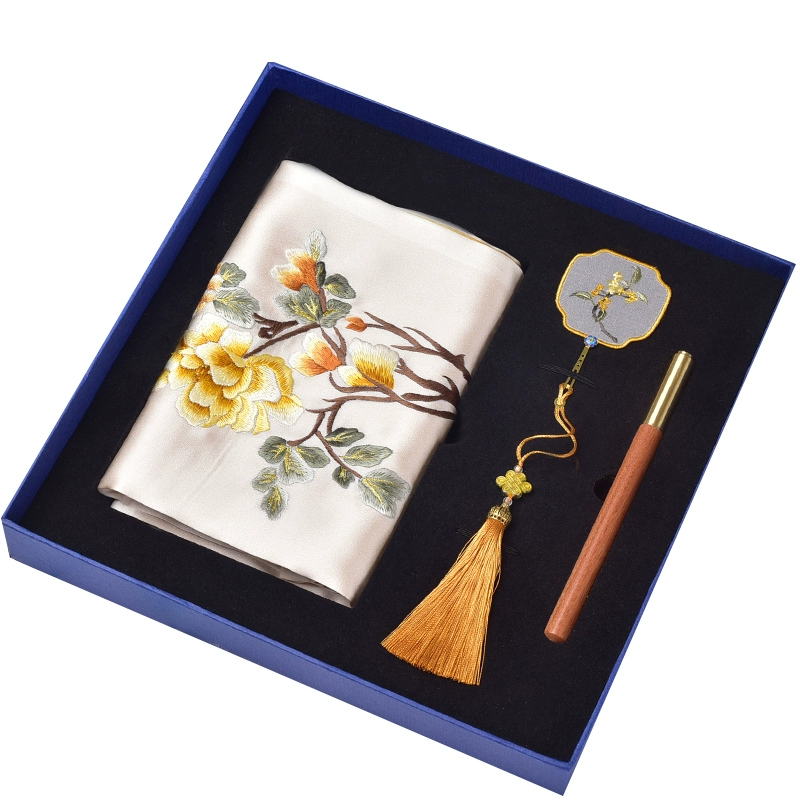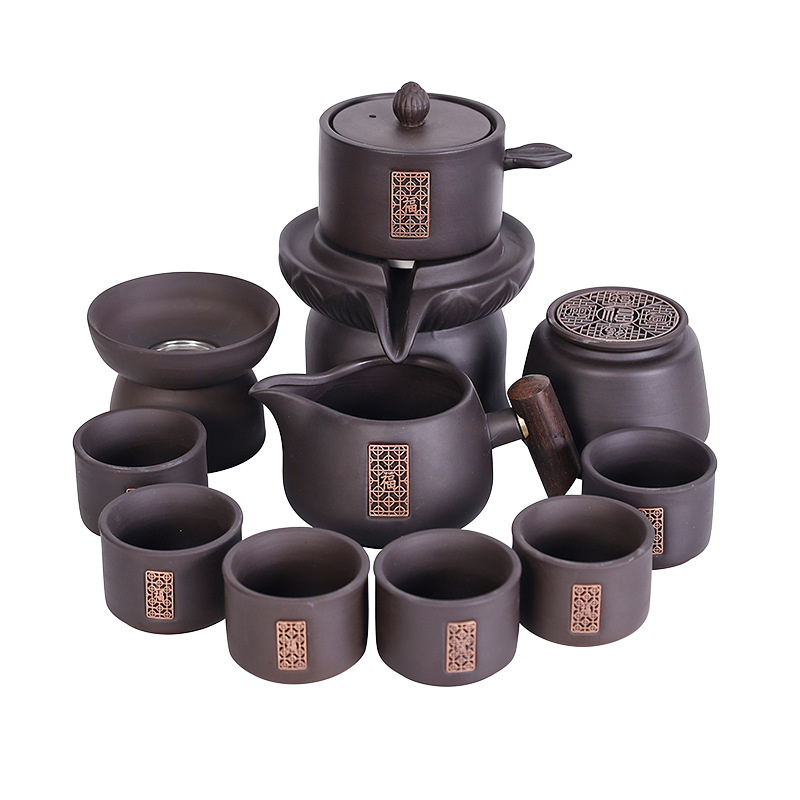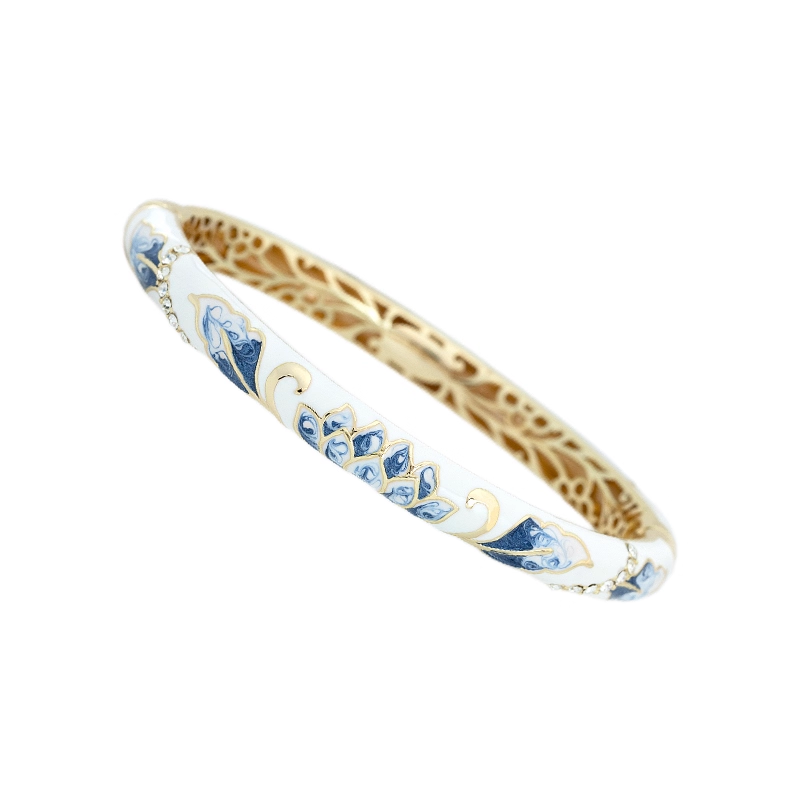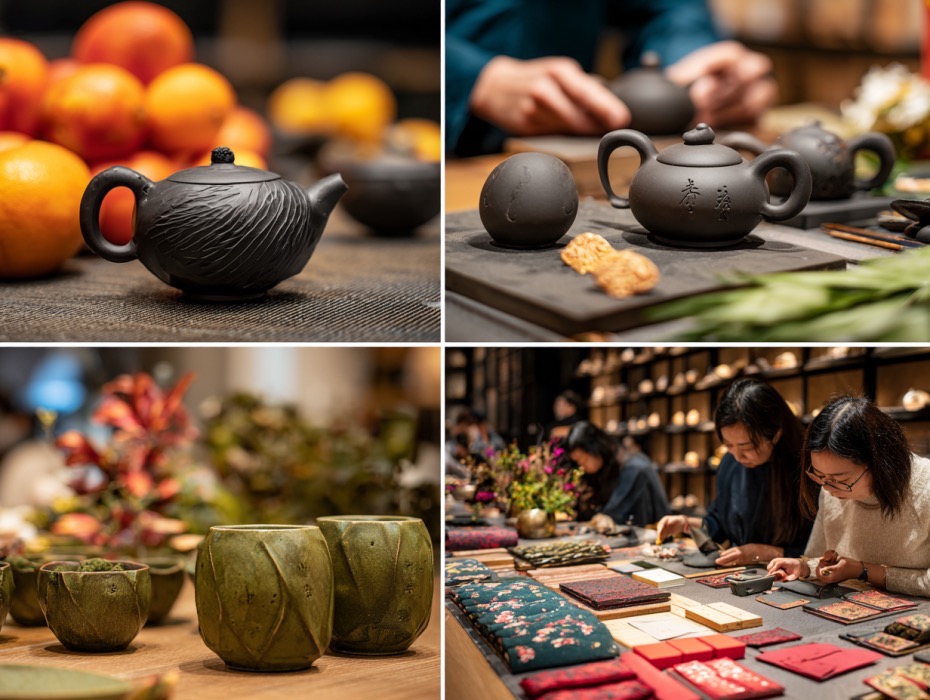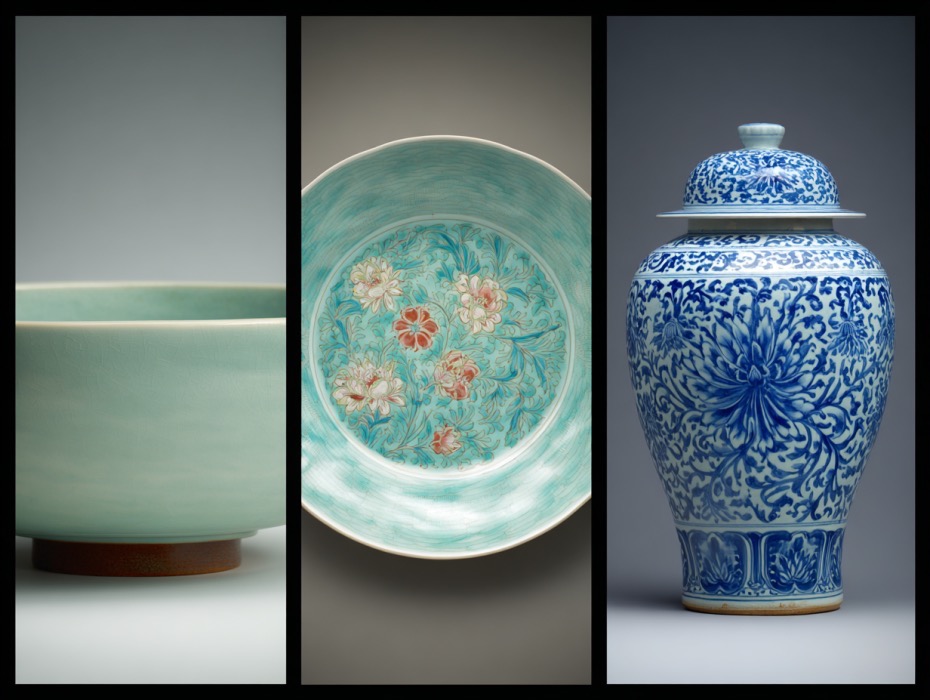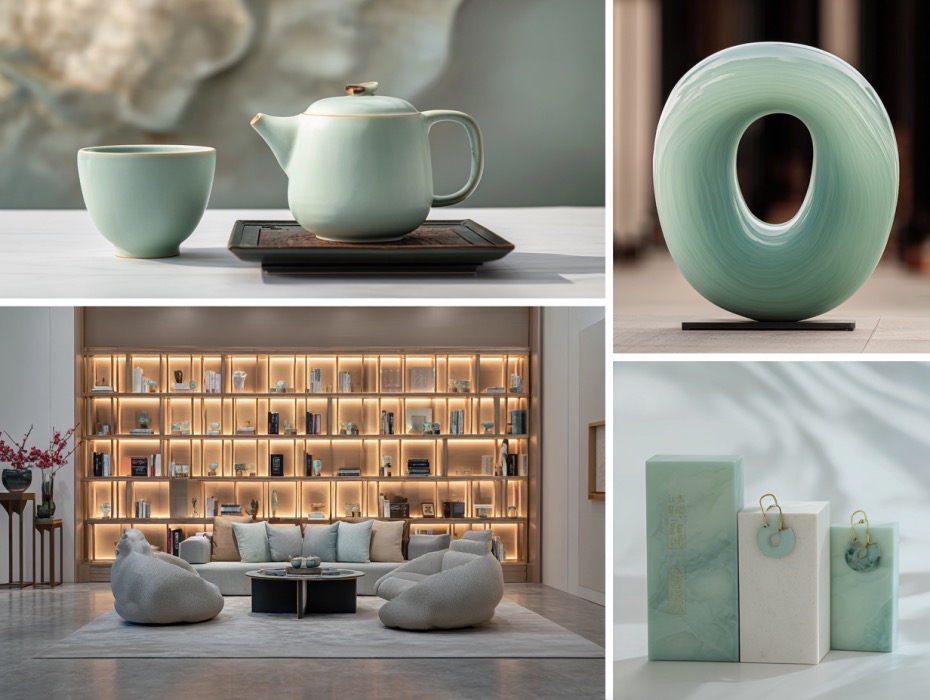White Porcelain: The Elegance of Simplicity – An Oriental Treasure Spanning Millennia
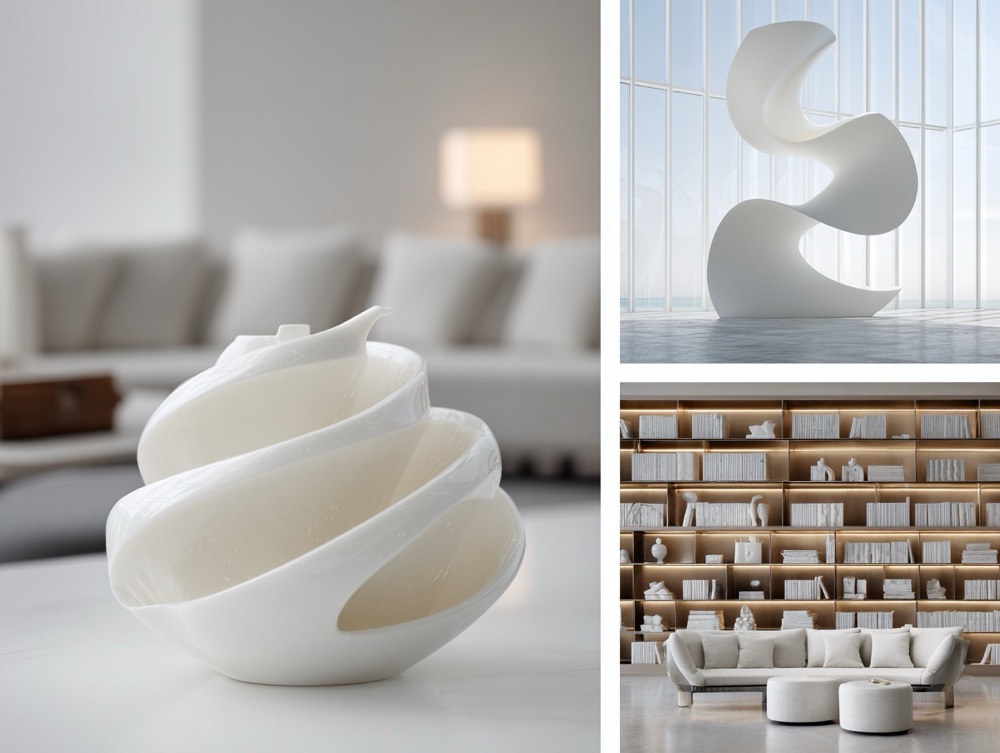
Amid the brilliant galaxy of Chinese ceramic art, white porcelain stands out with its pure, understated glaze and smooth, delicate texture, embodying the minimalist essence of Oriental aesthetics. This ceramic craft, which uses kaolin as raw material and is fired at high temperatures to produce a luminous white glaze, not only embodies the ancient Chinese pursuit of “the beauty of simplicity” but also serves as a timeless cultural messenger. With its charm of “conveying profound elegance without extra adornment,” it carries the millennium-old craftsmanship of Chinese ceramics to the world.
The history of white porcelain dates back to the Northern Dynasties (386–581 CE). At that time, craftsmen created early white porcelain by controlling the iron content in the clay and glaze. Though the glaze still had a faint blue tint and the craftsmanship was immature, it laid the foundation for the development of white porcelain. During the Sui Dynasty (581–618 CE), white porcelain craftsmanship improved significantly. The white porcelain figurines and jars unearthed from the Zhang Sheng Tomb in Anyang, Henan Province, featured uniformly white glaze, marking the initial maturity of white porcelain. The Tang Dynasty (618–907 CE) was the golden age of white porcelain. Xing Kiln white porcelain, renowned for being “as shiny as silver and as pure as snow,” became a tribute to the imperial court thanks to its luminous glaze and exquisite craftsmanship. Together with Yue Kiln celadon, it formed the “Southern Celadon, Northern White” pattern that defined the glory of Tang Dynasty ceramics. Xing Kiln white porcelain was not only popular domestically but also exported overseas via the Silk Road, with its traces found in archaeological sites in Egypt, Iran, and other regions. In the Song Dynasty (960–1279 CE), white porcelain craftsmanship further advanced. Ding Kiln white porcelain was famous for its “white-glazed carved” and “white-glazed printed” techniques, featuring delicate patterns that balanced practicality and artistry. Cizhou Kiln innovated the “white-ground black-pattern” technique, painting vivid designs on the pure white glaze and infusing white porcelain with a lively folk charm. The Ming (1368–1644 CE) and Qing (1644–1912 CE) dynasties saw a new peak in white porcelain development. Dehua Kiln white porcelain, known for its “ivory white” and “lard white” glazes, had a texture as smooth as suet jade. It excelled particularly in figure sculpture, with He Chaozong’s “Guanyin Crossing the Sea” white porcelain statue – featuring smooth lines and a serene expression – becoming a timeless classic. Jingdezhen Imperial Kiln white porcelain, famous for its “sweet white glaze,” had a pure, creamy glaze and elegant shapes, making it the representative of imperial porcelain.
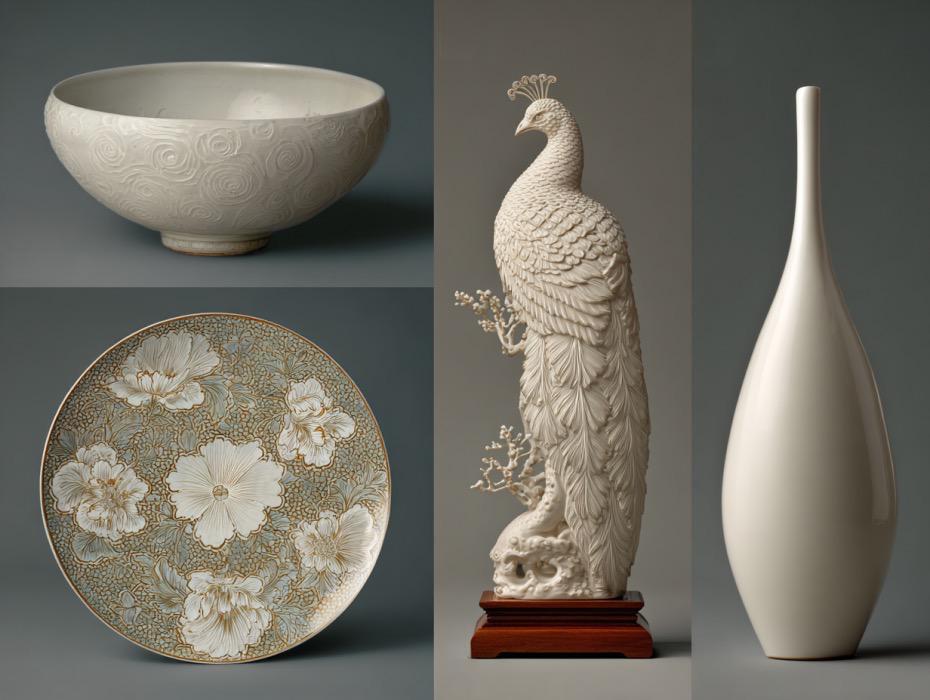
China boasts a wide range of white porcelain kiln systems, each with distinct regional characteristics, jointly forming a splendid map of white porcelain art. Xing Kiln, located in Xingtai, Hebei Province, was the representative kiln for Tang Dynasty white porcelain. Its white porcelain had a solid body and pure white glaze, with common shapes including bowls, plates, and ewers. Some high-quality pieces were engraved with characters like “Ying” (abundance), indicating they were exclusive to the imperial court. Ding Kiln, in Quyang, Hebei Province, was one of the Five Great Kilns of the Song Dynasty. It specialized in white-glazed printed techniques, with patterns of flowers and birds featuring exquisite compositions and clear lines, earning it the title “the model of printed white porcelain.” Dehua Kiln, in Dehua, Fujian Province, reached its prime during the Ming and Qing dynasties. Its white porcelain had a jade-like glaze and excelled in figure sculpture, creating vivid statues of Guanyin, Maitreya, and scholars that combined artistic value with collectible appeal. Jingdezhen Kiln was the culmination of Ming and Qing white porcelain. Its “sweet white glaze” white porcelain had a pure, impurity-free glaze and was as thin as an eggshell, with fingerprints visible through the porcelain when held up to light – a true masterpiece of white porcelain craftsmanship. Additionally, Cizhou Kiln white porcelain was known for its “white-ground black-pattern” designs, drawing inspiration from folk life (such as children at play and landscape patterns) and exuding vitality. Yaozhou Kiln also produced white porcelain; though famous for celadon, its white porcelain featured a soft glaze and simple patterns, offering a unique charm.
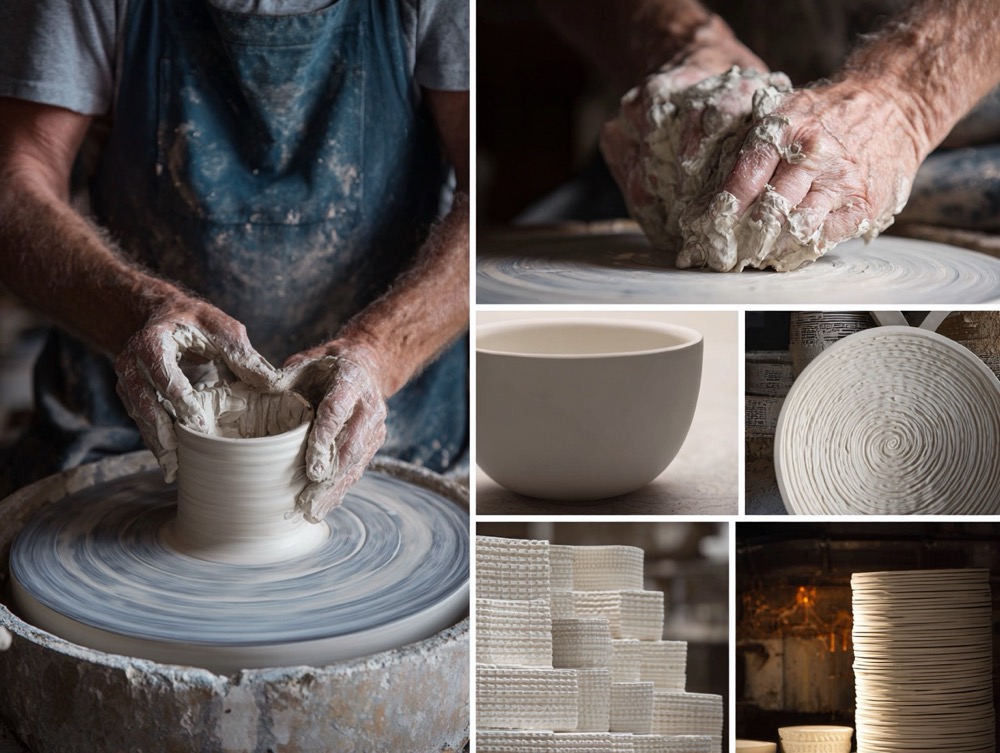
The allure of white porcelain lies in its sophisticated and rigorous production process. Each piece of white porcelain undergoes multiple steps, embodying the craftsman’s dedication and wisdom. First, raw material selection: the clay for white porcelain is a mixture of kaolin and porcelain stone, which is repeatedly washed and kneaded to remove impurities, resulting in a fine, white body. The iron content must be controlled below 1% to prevent the body from developing a blue tint after firing. The glaze, based on quartz and feldspar, also requires strict control of iron, titanium, and other coloring elements to ensure purity. Next is shaping: craftsmen use wheel-throwing, mold-making, or hand-kneading to shape the body. Wheel-throwing demands extensive experience to ensure uniform thickness; for thin-walled white porcelain, the body must be pulled to less than 1mm thick, testing the craftsman’s extreme manual skill. Mold-making is used for complex shapes to ensure consistency. Glazing is a crucial step, using methods like dipping, pouring, or spraying. The glaze thickness must be moderate – too thick causes bubbles, while too thin exposes the clay. Some high-quality white porcelain undergoes multiple glazing layers to achieve a jade-like luster. Finally, firing: white porcelain is fired at temperatures above 1300°C, with precise control of the kiln atmosphere (primarily oxidizing) to ensure iron elements in the clay and glaze are fully oxidized, producing a pure white color. Even a temperature deviation of tens of degrees can result in a blue tint or defects; a perfect piece of white porcelain often requires multiple test firings.
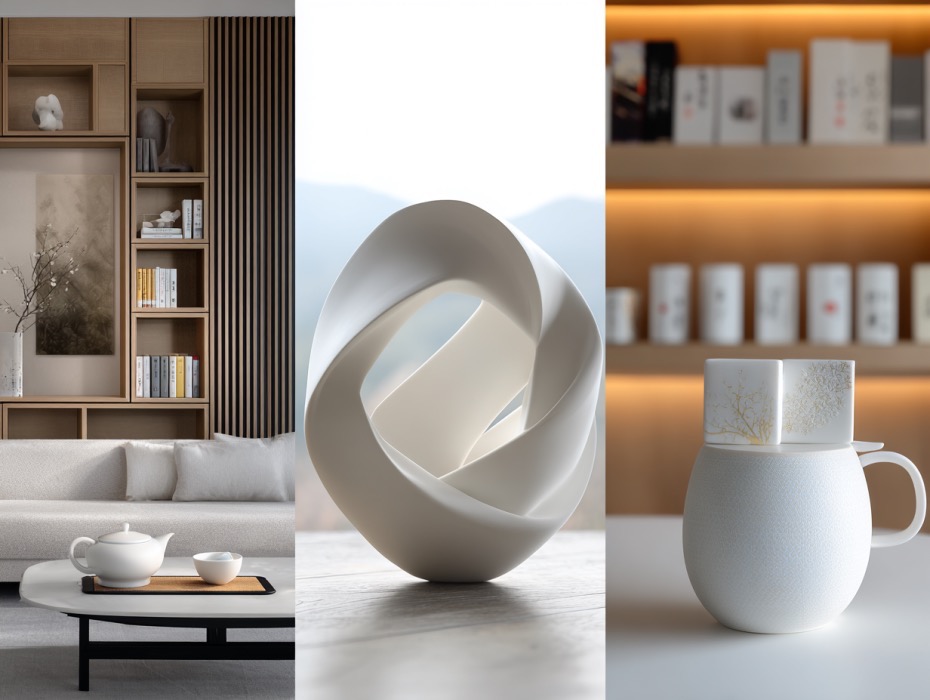
In modern society, white porcelain art has not faded with time but has gained new vitality through inheritance and innovation. On one hand, traditional white porcelain techniques are systematically protected: Dehua white porcelain firing and Ding Kiln white porcelain firing techniques have been listed in the National Intangible Cultural Heritage Directory. Inheritance bases have been established nationwide, where veteran craftsmen pass down millennium-old skills to the younger generation through the “master-apprentice” model. Meanwhile, white porcelain exhibitions and academic seminars help more people understand and appreciate this art. On the other hand, white porcelain is deeply integrated into modern life, fashion design, and cultural and creative industries. In design, white porcelain elements are incorporated into modern home decor – such as minimalist white porcelain tea sets and lamps – preserving the traditional simplicity while meeting contemporary aesthetics. In the art world, contemporary artists break free from traditional shapes to create large-scale white porcelain sculptures and installations, such as landscape ornaments and abstract works, giving white porcelain new artistic expressions. In cultural and creative products, mini white porcelain ornaments, bookmarks, and derivative designs are popular among consumers, becoming fashionable carriers of traditional culture. Furthermore, white porcelain frequently serves as a “Chinese cultural symbol” on the international stage – from exhibits at the China International Import Expo in Shanghai to exhibitions at overseas Chinese cultural centers – allowing the world to appreciate its unique charm and making it a cross-border artistic treasure.
From the early white porcelain of the Northern Dynasties to the “silver-like” Xing Kiln pieces of the Tang Dynasty, the elegant printed Ding Kiln works of the Song Dynasty, the “ivory white” Dehua Kiln porcelain of the Ming and Qing dynasties, and the innovative creations of today, white porcelain has always celebrated the beauty of simplicity, using pure color to interpret the depth of Oriental aesthetics. It is not only a collection of exquisite ceramics but also a living record of history and an enduring cultural heritage. In the new era, with its millennium-old elegance of simplicity, white porcelain transcends time, space, and borders, telling the immortal legend of Chinese ceramics to the world.
